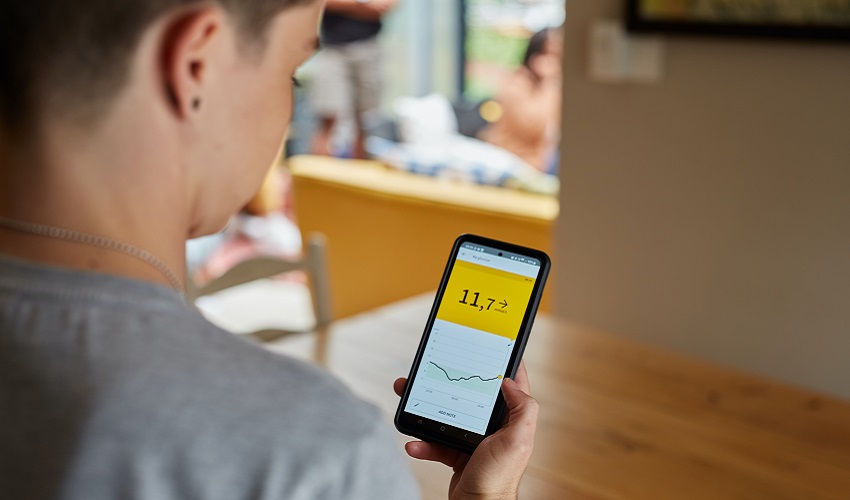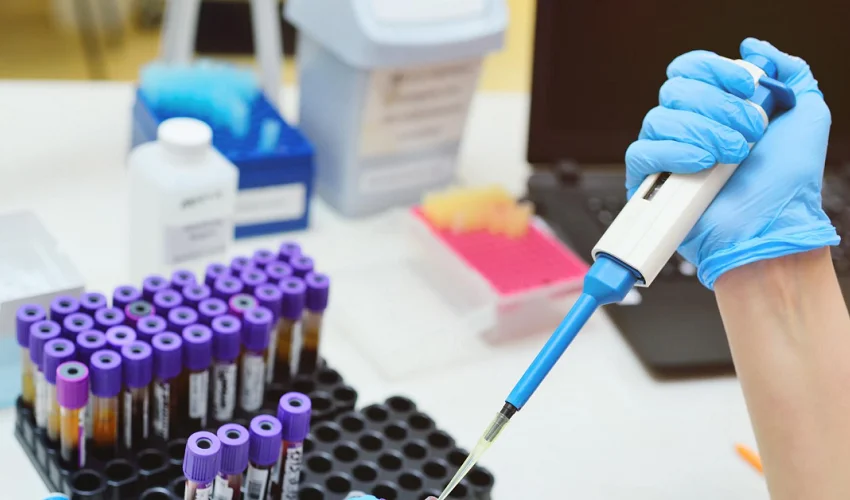Managing diabetes involves more than just monitoring your blood sugar levels in the morning. Postprandial blood sugar levels, which refer to your blood sugar levels after meals, play a crucial role in your overall diabetes management. In this article, we will delve into what postprandial blood sugar levels are, why they matter, and how you can take control of them to support your diabetes reversal journey.
What Are Postprandial Blood Sugar Levels?
Postprandial blood sugar, the glucose level after eating, is a crucial metric for metabolic health. Regularly high levels can indicate risks for conditions like heart disease, stroke, and type 2 diabetes. To diagnose diabetes, professionals might test your blood sugar after consuming a specific sweet drink. Those with diabetes have target ranges to maintain, personalized by their doctors. While no official target exists for non-diabetics, ongoing research is looking into establishing one
Postprandial blood sugar levels, often referred to as post-meal blood sugar levels, are the glucose levels in your bloodstream after consuming a meal. These levels tend to rise as your body digests and processes the carbohydrates from the food you’ve eaten.
Why Do Postprandial Blood Sugar Levels Matter?
Maintaining healthy postprandial blood sugar levels is essential for effective diabetes management. High post-meal blood sugar levels can lead to complications and can indicate that your body is struggling to regulate glucose properly. Consistently elevated levels may increase the risk of heart disease, nerve damage, and other diabetes-related complications.
Symptoms you might experience when Postprandial Blood Sugar Level Drops or Rises
Rapid fluctuations in blood sugar can have immediate consequences. Research indicates that significant blood sugar spikes can lead to increased hunger, resulting in higher daily caloric intake. Furthermore, a study revealed that substantial blood sugar rises can amplify depression scores by 38% and mood disturbances by 55%. Additionally, research encompassing over 1,200 participants linked blood sugar spikes to fatigue and reduced alertness post-eating. Elevated postprandial blood sugar can also induce short-term inflammation, which, if persistent, might pose long-term health risks.
What Are the Ideal Postprandial Blood Sugar Range for a Diabetic Person
Here’s a general guideline for target postprandial blood sugar levels in diabetes patients:
Before Meal: Less than 130 mg/dL
1-2 Hours After Meal: Less than 180 mg/dL
Tips for Managing Postprandial Blood Sugar Levels
Here are some tips for you to manage postprandial blood sugar levels.
You can manage postprandial blood sugar levels by carefully choose complex carbs and avoiding refined carbs. Opt for whole grains, legumes, and vegetables, as they have a slower impact on blood sugar levels compared to refined carbs. Controlling portion sizes can help prevent spikes in blood sugar levels. Use smaller plates and avoid overeating.
Foods rich in dietary fiber, such as fruits, vegetables, and whole grains, can help stabilize blood sugar levels.
Engage in light physical activity, like taking a short walk after meals, to aid in glucose regulation.
Drinking water can assist in preventing dehydration, which can affect blood sugar levels.
Use a glucometer to test your blood sugar levels regularly after meals, allowing you to track your progress and adjust your habits accordingly. You can use advanced technologies which are more effective in monitoring the blood sugar levels such as the ones provided by Care4Sugar’s technology-enabled diabetes reversal plan.
Understanding Glycemic Index (GI)
The glycemic index categorizes foods based on how quickly they raise blood sugar levels. Foods with a low GI are better choices for managing postprandial blood sugar levels. These foods are absorbed slowly and do not cause a sudden blood glucose spike.
Table: Examples of Foods with Low Glycemic Index
| Food | GI Level |
| Steel-cut Oats | Low |
| Lentils | Low |
| Spinach | Low |
| Apples | Low |
| Quinoa | Low |
Meal Planning Ideas to Help Manage Your Post Prandial Blood Sugar Levels
Proper meal planning is important for effective diabetes management, particularly when it comes to postprandial blood sugar levels (PP blood glucose levels). By carefully selecting foods and portion sizes, individuals with diabetes can achieve better control over their blood sugar spikes after meals.
Let’s explore some sample meal plans that showcase the impact of different food choices on postprandial blood sugar levels, with a focus on balanced, low glycemic index (GI) options.
Balanced Meal for Blood Sugar Stability
For a balanced meal that helps maintain steady blood sugar levels post meal, consider a combination of lean protein, complex carbohydrates, healthy fats, and fiber. Start with grilled chicken breast paired with quinoa and a generous serving of steamed vegetables. The protein and fiber content in the chicken and quinoa helps slow down the digestion of carbohydrates, preventing rapid spikes in blood sugar.
Including healthy fats from sources like avocado or olive oil can further contribute to sustained energy and satiety.
Low Glycemic Index Breakfast
Breakfast is a crucial meal, and opting for low GI foods can set the tone for the rest of the day. Try a bowl of oatmeal topped with fresh berries and a sprinkle of chopped nuts. Oats are a great source of soluble fiber, which aids in slowing down the release of glucose into the bloodstream. Berries add natural sweetness and antioxidants, while nuts provide healthy fats and protein that help keep blood sugar levels in check.
Fiber-Rich Lunch
A fiber-rich lunch can help regulate blood sugar levels by promoting gradual carbohydrate absorption. Create a salad with a variety of colorful vegetables, such as spinach, bell peppers, cucumbers, and tomatoes. Add beans or lentils for plant-based protein and additional fiber. Top with a light vinaigrette made from olive oil and vinegar. This combination of vegetables, protein, and healthy fats can contribute to a satisfying meal without causing rapid blood sugar spikes.
Smart Snacking
Snacking can be tricky for managing blood sugar levels, but with the right choices, it can be a helpful addition to the day. Opt for a small apple paired with a handful of almonds. The fiber in the apple and the healthy fats in the almonds work together to slow down digestion and prevent sudden spikes in blood sugar. This snack provides a good balance of nutrients to tide you over until the next meal.
Managing postprandial blood sugar levels is a vital aspect of diabetes management. By making mindful food choices, monitoring your blood sugar levels, and incorporating healthy habits into your routine, you can take control of your diabetes and work towards better health. To receive personalized guidance and support in your diabetes reversal journey, consider exploring the diabetes reversal plans offered at Care4Sugar.
Remember, each individual’s diabetes journey is unique, so it’s important to work closely with your healthcare provider to create a tailored plan that suits your needs.
If you try any of the above meal plans and notice any changes in your postprandial results, do let us know. You can share your diabetes journey with us and we will publish your story.




